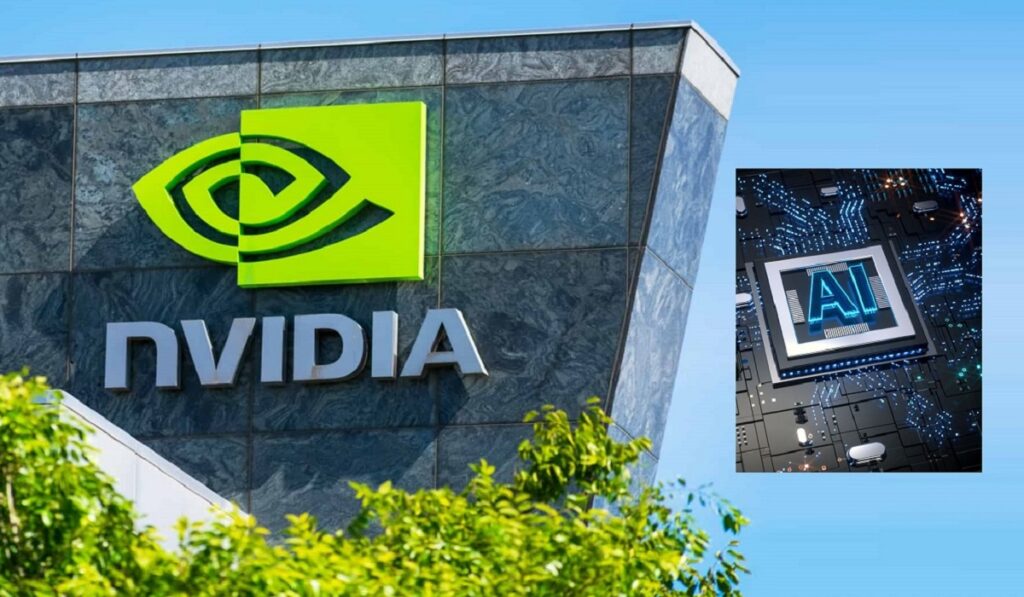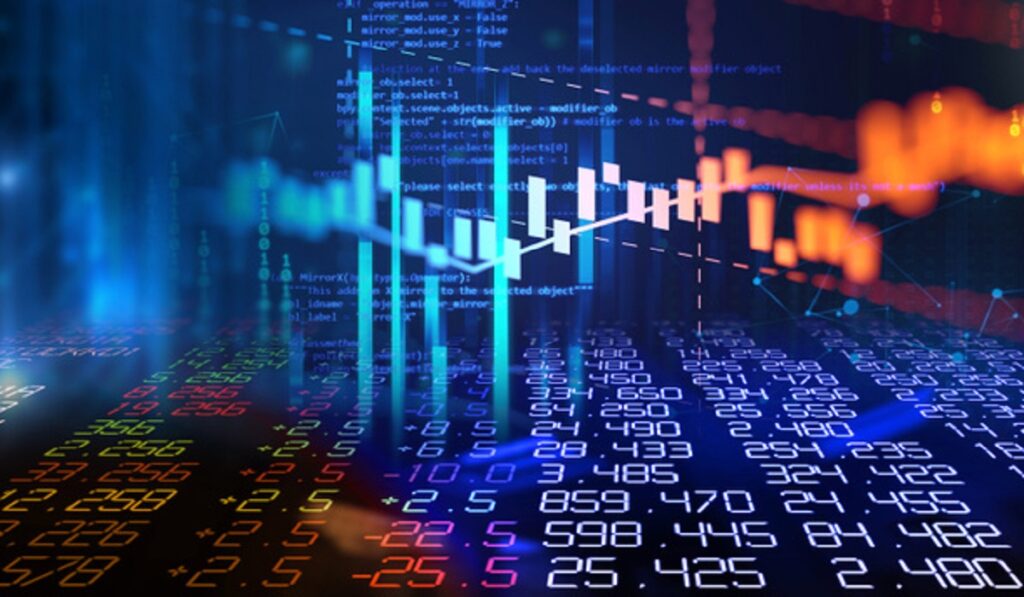Nvidia Unveils Groundbreaking GH200 Grace Hopper Platform to Elevate AI Capabilities

Nvidia Corporation, an industry pioneer in AI technologies, made headlines recently when they unveiled the groundbreaking Grace Hopper Platform (GH200 Grace Hopper Platform), using cutting-edge technologies for memory capacity expansion and bandwidth expansion as competition within AI industries heats up. This article investigates Nvidia’s latest offering; specifically exploring its technological advancements as well as their impact on AI landscape and market response.
Introduce the Grace Hopper 200 (GH200)
Nvidia’s Grace Hopper 200 Platform represents an outstanding advancement in artificial intelligence (AI). A pioneer of innovation, this groundbreaking device boasts up to three times greater bandwidth and memory compared to existing chips on the market; providing developers with unprecedented agility when taking on increasingly large language models with ease.
Jensen Huang’s Vision for Tomorrow
Jensen Huang recently showed his enthusiasm for Nvidia’s Grace Hopper Platform during an Nvidia conference, emphasizing its role in supporting global data center scale-out, AI advancement, and essential infrastructure support. Additionally, Huang mentioned potential savings on large language model inference costs which might open doors for wider access and application of this AI technology.
An Examination of Competitive Landscape.
Nvidia’s dominance in artificial intelligence (AI) has not gone unnoticed by rival companies like Advanced Micro Devices (AMD). AMD launched their MI300X graphics processor unit back in June as an evidence that AI field companies continue to raise the bar.
Analysts expect a more subdued response from Nvidia when they release second quarter earnings next week, following last quarter’s 50 percent revenue hike to an expected $11 billion revenue guidance announcement. Market experts remain positive despite less surprising and impressive expectations; analysts project Nvidia could generate $300 billion by 2027 — over 10x its previous $27 billion earnings — further underscoring its contributions to AI research landscape.
Nvidia’s announcement of Grace Hopper Platform stands as testament to their dedication to AI technology advancement. Their innovation ushers in an age of AI capabilities with unrivaled memory capacity and bandwidth increases – as well as potential impactful effects for large language models. Nvidia will remain integral in shaping AI industry trajectory even as markets shift or earnings predictions change, showing their firm belief in pushing the limits of artificial intelligence through this groundbreaking piece of infrastructure.
What Is GH200? The DGX GH200 represents an innovative advancement in high-performance computing and artificial intelligence integration that surpasses hardware. An all-inclusive solution, the GH200 brings together computing power and AI resources in order to tackle even the most resource intensive AI workloads; its design caters specifically towards fulfilling such specific demands for maximum performance – distinguishing this computing platform from its rivals.
Convergence between HPC and AI marks an incredible advancement. Artificial Intelligence applications demand enormous computing power in order to process large volumes of data or execute complex calculations; the DGX GH200 acts as the perfect bridge between computing capabilities and artificial intelligence capabilities.
This technological development holds enormous promise across numerous fields and industries, especially AI-heavy sectors like healthcare, finance and research. The DGX GH200 could revolutionize artificial intelligence alongside high-performance computing capabilities.
The DGX GH200 shows promise for further advances that combine various computing paradigms in order to open new capabilities, underlining the necessity of hardware that meets both AI and other complex demands. Through its comprehensive approach to AI, high performance computing, and other areas, DGX GH200 makes an important statement and promotes innovation across many domains.
What Is an AI Supercomputer Platform Called the DGX GH200?
DGX GH200 is an impressive AI supercomputer platform, featuring cutting-edge technologies to reach unprecedented artificial intelligence performance levels. By connecting 256 Grace Hopper chips together into one massive computational powerhouse capable of processing data at lightning fast speeds as well as running AI algorithms at remarkable rates, its true potential can only be experienced once experienced first-hand.
The DGX GH200 features:
High Computational Performance: Its architecture allows it to achieve computing speeds of one exaflop per second – this level of computation power makes AI tasks and large data analysis much faster and simpler.

Recommender Systems and Generative AI: The DGX GH200 was specifically designed to accommodate both Recommender Systems and Generative AI models, offering creators of images or text content the power to expand upon it with Generative AI while Recommender systems suggest products based on users’ preferences.
Massive GPU Capability – Boasting an impressive 144TB GPU memory storage, the DGX GH200 offers ample GPU capacity that makes processing large datasets straightforward; its massive memory also makes AI models that require large memory more achievable on this powerful machine.
Innovative AI Applications: The DGX GH200’s incredible computational and memory capacities open up limitless potential in AI research and application, including natural language processing and computer vision advancements that could further advance progress. It could significantly speed progress on such fronts.
Data Processing: The DGX GH200 excels at both AI tasks as well as data processing tasks, making it the ideal machine for complex manipulation and analysis tasks due to its powerful processor and memory capacity.
The DGX GH200 marks a breakthrough for AI supercomputing. Equipped with Grace Hopper superchips and extensive computing and memory resources, its capabilities represent a groundbreaking advance for supercomputing as an artform overall – potentially driving innovation within AI research as more precise models appear, data processing becomes more efficient, and further AI applications develop their development cycles.
The DGX GH200 stands as an impressive showcase of artificial intelligence technology pushed beyond existing limits by merging advanced hardware with intelligent algorithms – marking an important step toward fully harnessing artificial intelligence for use across industries and fields.
What is the most advanced artificial intelligence machine?
Your source for 2023 indicates some of the most advanced AI computer systems include.
GPT-3 (OpenAI). GPT-3 stands for Generative Pre-trained Transformer 3, the third iteration of OpenAI’s Generative models that has gained significant attention due to its natural language processing abilities and capacity for creating coherent text in context-sensitive scenarios.
AlphaGo (Google DeepMind). AlphaGo was first developed by Google DeepMind as an artificial intelligence designed specifically to play Go. After beating many leading Go players worldwide and showing that AI systems could manage complex strategic games effectively, its impact has become widespread acclaim.
IBM Watson artificial intelligence system has garnered widespread acclaim for its machine learning and natural language processing abilities; garnering fame by beating human champions at Jeopardy! competitions. Since then it has been deployed across industries including healthcare and finance.
Hanson Robotics developed Sophia (Hanson Robotics: Sophia is an artificial intelligence (AI) humanoid robot developed by Hanson Robotics with humanlike characteristics as well as natural language processing that enables her to converse. Since its debut, its popularity has only continued to increase).
Tesla Autopilot (Tesla Inc.): Tesla Autopilot is an AI-powered semiautonomous driving system which utilizes computer vision and machine-learning technologies for increased safety and automation of driving experiences, to offer safer journeys with greater automation.
Each AI system featured on this list has made significant strides forward for AI research and applications across various fields, while AI itself continues to advance at an astounding rate; new systems and advances may have emerged since your source made itself known to you.






